INTERVIEW WITH RICCARDO TEN COLOMBO
by Vera Canevazzi and Caterina Frulloni
1) Where do you live, where have you lived and where would you like to live?
I live in Pinerolo, a small town a few dozen kilometers away from Turin. It is a sleepy town surrounded by the Alps. Just a few minutes' drive away are forests and mountain parks. For this reason, after a few years in Turin, I decided to move my practice to the province where I grew up. Living and working outside the big cities gives me more time to think and being less busy I feel less distracted by outside input. Apart from a couple of years in Geneva I have mostly lived in this area, in close contact with nature and the mountains. I lived in a cabin at an altitude of 1,000 meters for several years so now a town of 40,000 feels like a metropolis to me.
But living in the province slows down the flow of time; the absence of interesting initiatives and fewer opportunities to network have led me to travel a lot. Basically the land where I grew up has been the base camp for starting out and exploring. So for the past 20 years I have traveled a lot, spending at least a couple of months a year on the road.
Travel is my favorite art form, and I travel mainly solo as a backpacker.
I have been fortunate to visit much of Asia particularly India, Nepal, a few trips to Africa and South America. I have been to Siberia, Norway and the United States. I travel to carry out art projects or simply to get a change of scenery and discover new places.
Where would I like to live? More than "where" the answer is "how." I would like to live by traveling often, changing cities or countries to discover unfamiliar places and people.
2) What do you think is the most significant work of art of the last 20 years and why?
I think one of the most significant works of the last 20 years is Blu's "Utopia" painted in Kreuzberg, Berlin.
Aside from the very strong message of social criticism, the mural has been an inspiration for several street artists and was made at a time when street art began to evolve.
The walls of metropolises were already changing their appearance, and there were quite a few street art works.
But Blu raised the bar quite a bit and revitalized the communicative possibilities of urban art.
The work was deleted by the author a few years later, just before the working-class Kreuzberg district underwent massive redevelopment where residential buildings took the place of Camp Cuvry.
3) How do you feel about new technologies applied to art?
A constant of art is to follow social, political and technological evolution.
Therefore, if technology can further the evolution or enjoyment of an art form, welcome it. The ability to use technological innovations in order to assist the creative process makes a work contemporary.
It is equally true is that an ugly work remains ugly even if it is made with the latest digital devilry.
4) What are your critical reference texts?
Among the texts that have most influenced me artistically I can mention Kandinsky's "Point, Line and Surface" and "The Spiritual in Art," Arnheim's "Art and Visual Perception," "Technical Discourse of the Arts" and Gillo Dorfles' "New Rites, New Myths." These are some of the books I reread often.
Others, however, are technical texts that I refer to as if they were manuals. Books on color theory, the psychology of form, and image perception.
5) Who are your top three reference artists?
Very difficult question. If I think of an artist from the past I can't not mention Victor Vasarely for his practice related to Op Art. Among contemporary artists I think he is writing something new Felipe Pantone especially for his use of color and new technologies applied to art. Finally, I am fascinated by the work of Vhils. The Portuguese artist has invented something new and unique. A relatively simple technique, an engaging freshness of expression make his work a key piece not only of urban art.
6) Do you listen to music when you paint?
Ever since I was a kid, I spent hours and hours drawing (mostly technical drawing).
During drawing practice my mind would enter a state where time would lose its importance and 5-6 consecutive hours could pass without my realizing it. Often the end of an album or song would serve me to stop, turn the tape over, and realize that half an hour or 45 minutes had passed. Now with digital music I get to listen to the same album 2-3 times. Music was and remains the soundtrack during these days. It is not just music in the background. I often find myself listening intensely and expectantly to an album and catching its most particular nuances. I range from reggae to punk, funk to afrobeat, rocksteady to 70s music. But I also really love electronic music and rap.
7) Where and how do you work? Do you need certain conditions to enter the creative process?
When I paint or design new work, I need to be alone in an environment that is familiar to me.
I often work from home on new projects, mostly in the morning. In the studio, on the other hand, I realize previously designed works.
Fortunately, after changing several studios I now have a bright, quiet laboratory where I can concentrate and work for several hours consecutively without being interrupted or distracted.
I don't have any particular difficulty getting into the creative process. I often have the reverse and that is to have little time to create and put down what is in my head. Because of this, the creative process is something that continues even when I am not in the studio. During the day I come up with solutions or find inspiration from my surroundings; when that happens I take notes. I take a picture to memorize a color palette, write down two lines of the idea that went through my mind, or simply draw schematically the image I perceived. On the other hand, when I have time to design, I take back my notes and put everything in order. The creation phase, the manual phase, actually becomes the least creative one and has the sole function of realizing what I have previously designed.
Some people are bothered by this creative process, perhaps because they associate painting with an emotional and irrational gesture. For me, this is not the case. The right hemisphere, linked to the unconscious, conducts the creative process alternating with the left hemisphere, the rational one. But I have my own rituality that allows me to activate the functions of the right hemisphere, simple but necessary actions for the creative process.
8) If you get a work wrong, do you keep it or throw it away?
I don't think I've ever thrown out a work. I happened to throw out sketches because I wasn't in the mood to draw and I couldn't activate the right hemisphere. For this reason, I never had one of those little notebooks where I collect sketches. Instead, I prefer drawings and sketches made on fluttering pieces of paper. This solution relaxes me more, and if the sketch is not interesting I simply throw the slip of paper away. On the other hand, if the sketch works I keep it on my desk or in a drawer to use later.
9) Do you perform commissioned artwork?
I have painted several commissioned works. Honestly perhaps the worst works I have done. Immediately put into oblivion. Painting on commission is so difficult. You have to first understand what they are asking of you, then adapt to the request, and finally make something that the client expects. Let's say very binding. In the end, often times the process is not fun at all and the work unfortunately suffers.
On the other hand, if they simply ask me for a work, with no particular demands or expectations, the work can become challenging and fun.
10) What is imagination for you?
Imagination is a state of mind that puts us in the condition of eliminating the superfluous and leaves room for vision. In this state our mind generates images, sounds, relationships, and circumstances that were not possible before; the moment they are imagined they become realizable.
Not necessarily every imagined thing will materialize, but certainly, the moment it is imagined, it takes on a shape, texture, and appearance that could turn into something real.
11) What is the invisible to you?
The invisible is directly related to the ability to see and perceive.
Nothing is in itself invisible, but the inability to perceive something leads us to define and recognize it as invisible. Therefore, stimulating the individual's sensitivity can lead to seeing what was previously invisible. For example, seeing the beauty of something or someone can be the result of an educational and awareness-raising process that leads one to appreciate the aesthetic side that was previously unknown or simply not considered.
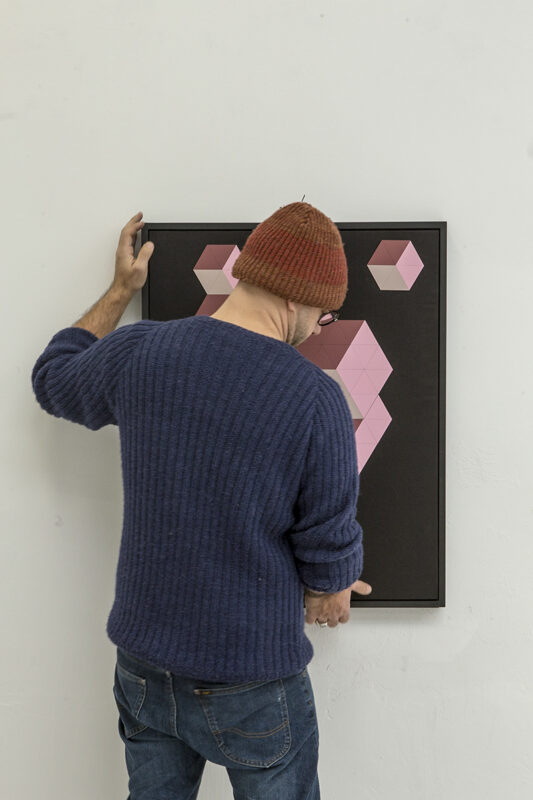
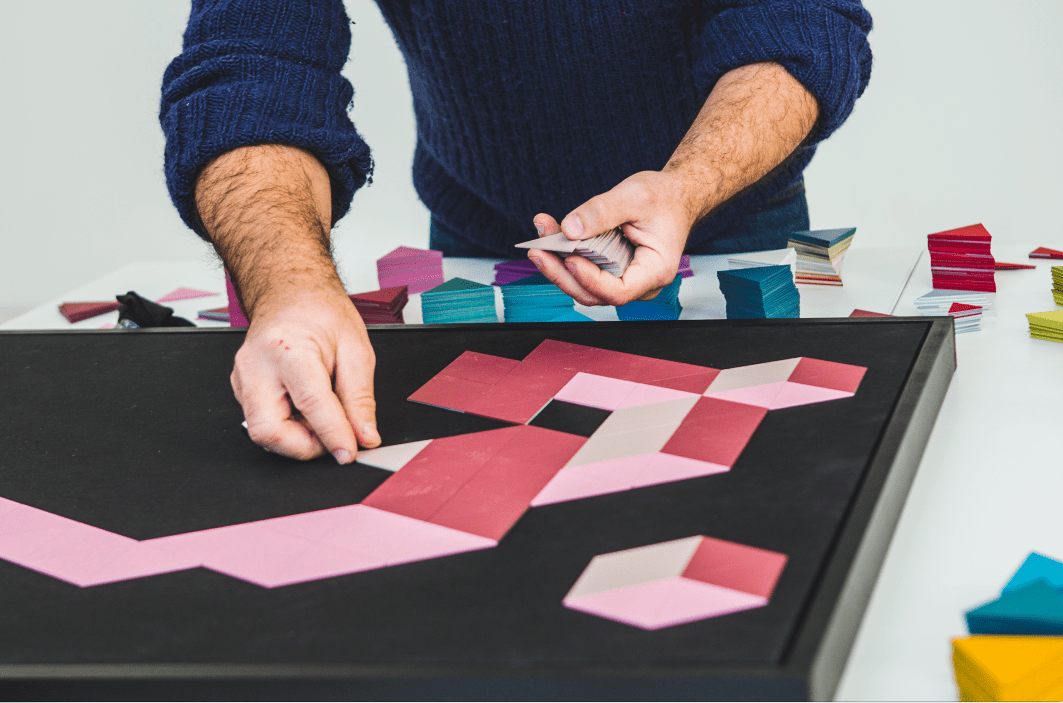
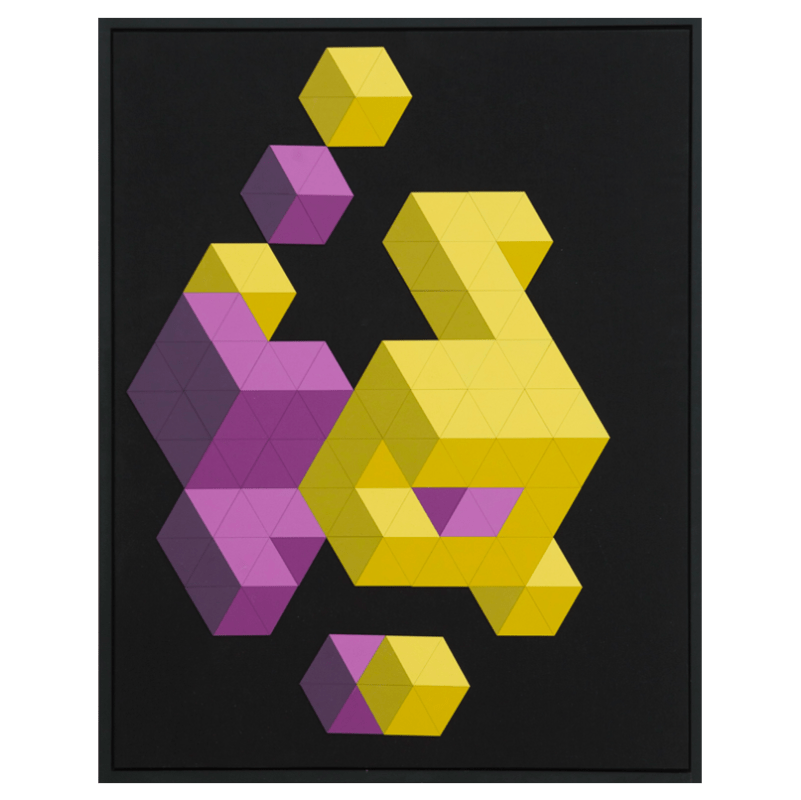
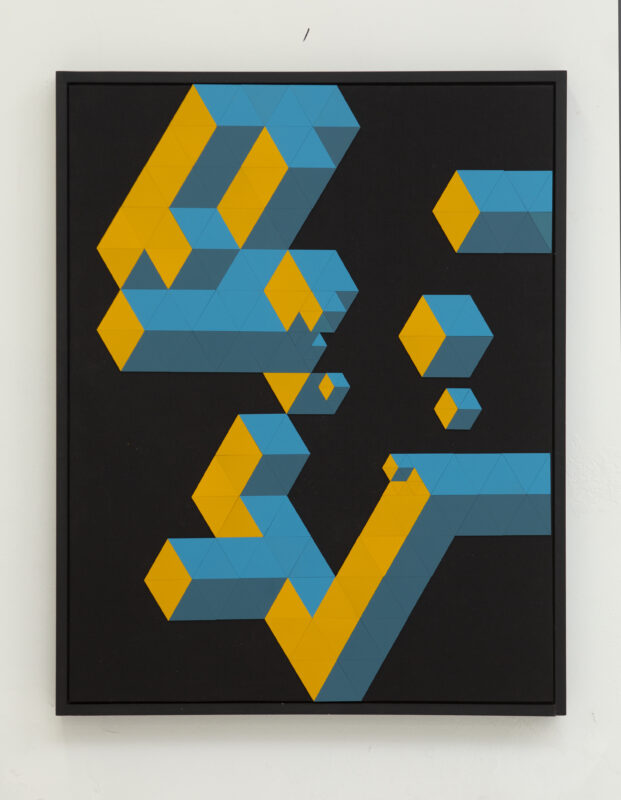

Interview given on the occasion of the exhibition
CROMOBLOCK
edited by Ilaria Bignotti
AR GALLERY
JANUARY 14-APRIL 14, 2021

